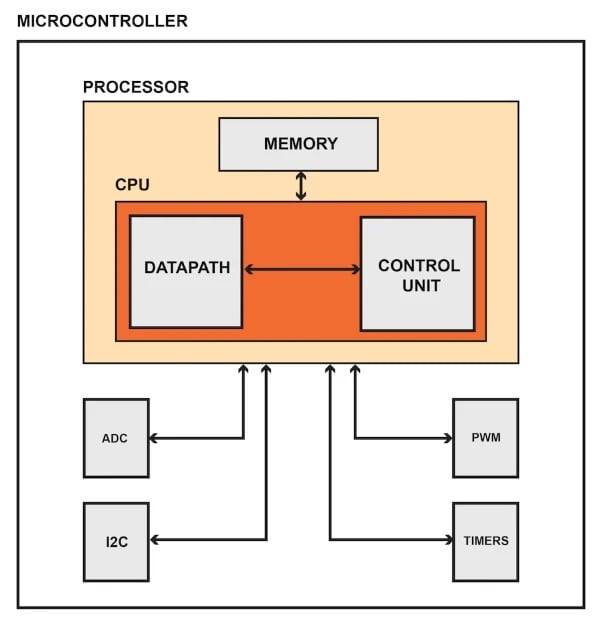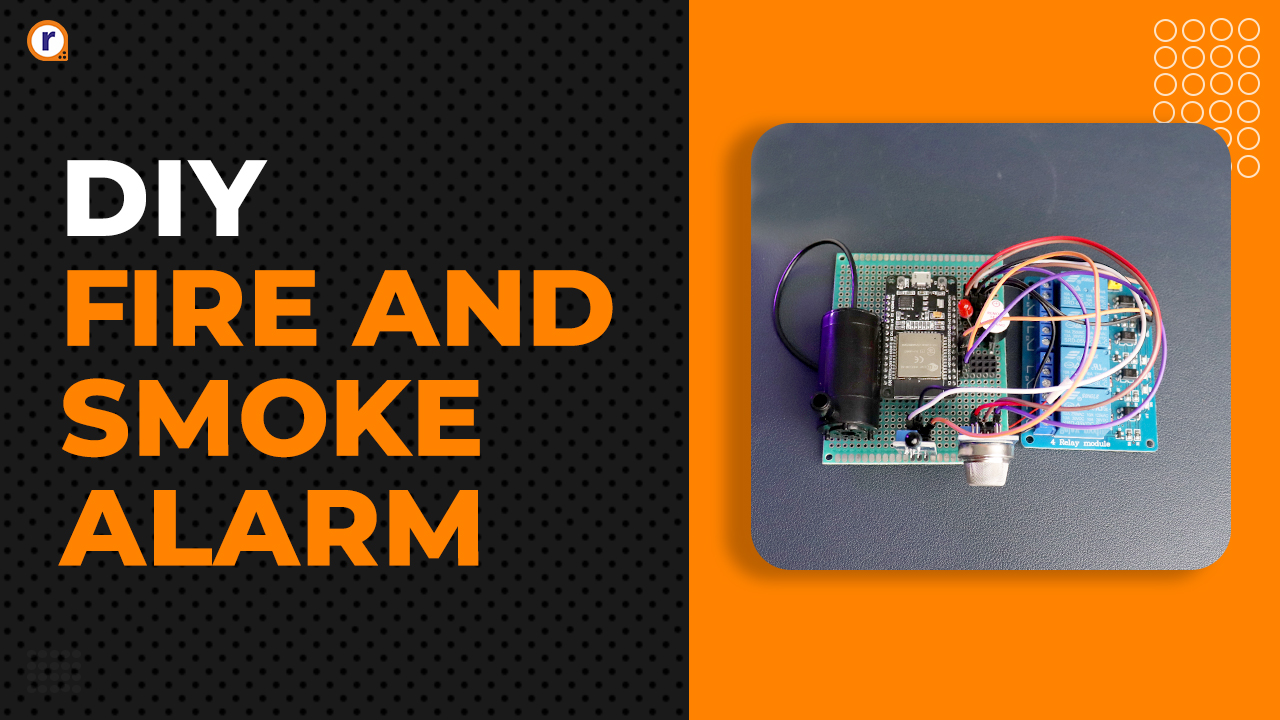What is a Microcontroller?
This article looks at the defining the microcontroller, some of the extremely popular ICs, and the internal architecture.

Namaste! In this article, we’ll look at defining what is a microcontroller, some of the extremely popular ICs, and then we’ll explore the internal architecture.
If I had to choose one skill that would be the most valuable addition to any engineer’s repertoire, it would undoubtedly be proficiency in microcontroller-based circuit design.
The microcontroller has played a fundamental—I would even say dominant—role in the technological revolution that has shaped modern life. Microcontrollers are small, versatile, inexpensive devices that can be successfully implemented and programmed not only by experienced electrical engineers but also by hobbyists, students, and professionals from other disciplines.
The list of possible microcontroller applications is so long that I hesitate to even give examples. Low-cost wearables, medical equipment, high-end consumer electronics, rugged industrial devices, state-of-the-art military and aerospace systems—these adaptable, affordable, user-friendly components are a welcome addition to just about any electronic product.
In this article, we'll go over the definition of a microcontroller and consider what purpose it serves in a design.
What Is a Microcontroller?

A microcontroller is an integrated circuit (IC) device used for controlling other portions of an electronic system, usually via a microprocessor unit (MPU), memory, and some peripherals. These devices are optimized for embedded applications that require both processing functionality and agile, responsive interaction with digital, analog, or electromechanical components.
The most common way to refer to this category of integrated circuits is “microcontroller" but the abbreviation “MCU” is used interchangeably as it stands for “microcontroller unit”. You may also occasionally see “µC” (where the Greek letter mu replaces “micro”).
“Microcontroller” is a well-chosen name because it emphasizes defining characteristics of this product category. The prefix “micro” implies smallness and the term "controller" here implies an enhanced ability to perform control functions. As stated above, this functionality is the result of combining a digital processor and digital memory with additional hardware that is specifically designed to help the microcontroller interact with other components.
The Elements of a Microcontroller

A microcontroller consists of a central processing unit (CPU), nonvolatile memory, volatile memory, peripherals, and support circuitry.
The Central Processing Unit
The CPU performs arithmetic operations, manages data flow, and generates control signals in accordance with the sequence of instructions created by the programmer. The extremely complex circuitry required for CPU functionality is not visible to the designer. In fact, thanks to integrated development environments and high-level languages such as C, writing code for microcontrollers is often a fairly straightforward task.
Memory
Nonvolatile memory is used to store the microcontroller’s program—i.e., the (often very long) list of machine-language instructions that tell the CPU exactly what to do. You will typically see the word “Flash” (which refers to a specific form of nonvolatile data storage) instead of “nonvolatile memory.”
Volatile memory (i.e., RAM) is used for temporary data storage. This data is lost when the microcontroller loses power. Internal registers also provide temporary data storage, but we don’t think of these as a separate functional block because they are integrated into the CPU.
Peripherals
We use the word “peripheral” to describe the hardware modules that help a microcontroller to interact with the external system. The following bullet points identify the various categories of peripherals and provide examples.
- Data converters: analog-to-digital converter, digital-to-analog converter, reference-voltage generator
- Clock generation: internal oscillator, crystal-drive circuitry, phase-locked loop
- Timing: general-purpose timer, real-time clock, external-event counter, pulse-with modulation
- Analog signal processing: operational amplifier, analog comparator
- Input/output: general-purpose digital input and output circuitry, parallel memory interface
- Serial communication: UART, SPI, I2C, USB
So how was the article? was I able to give enough descriptive information? let me know in the comment section.






